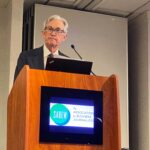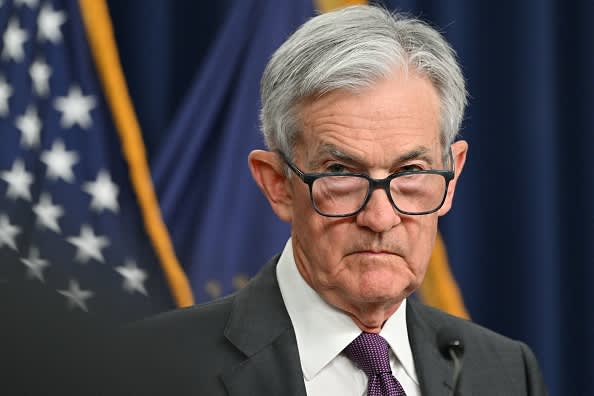
Jerome Powell’s Economic Insights: Navigating Inflation and Growth Challenges
Tháng 4 16, 2025
Why Retirees Should Hold on to Stocks for a Secure Financial Future
Tháng 4 16, 2025Jerome Powell’s Insights on Tariffs and Their Economic Implications
Recent remarks by Federal Reserve Chair Jerome Powell shed light on the complexities that tariffs introduce into U.S. economic policy. As the nation grapples with ongoing trade tensions and their repercussions, Powell underscores both the inflationary pressures and the impediments to economic growth that arise from these trade barriers.
Tariffs Leading to Inflation and Economic Slowdown
Powell’s observations reveal a critical insight: tariffs present a twofold challenge for the Federal Reserve. On one hand, they tend to catalyze inflation — an unwelcome development especially in today’s economic climate, where the Fed remains vigilant in maintaining price stability. On the other hand, the slowing effect of tariffs on economic growth cannot be overlooked. As businesses face increased costs due to tariffs, many may curtail investment and hiring. This delicate balancing act poses significant challenges for the Fed, as they strive to control inflation without hampering economic expansion.
For context, it’s important to consider broader international trade dynamics. China’s President Xi Jinping recently convened top global CEOs to address U.S.-China trade tensions, emphasizing international stability and collaboration. This meeting highlights China’s commitment to being a favorable investment destination despite tariffs and its dedication to globalization and strategic economic engagements. Read more here.
The Fed’s Cautious Stance
Currently, the Federal Reserve is adopting a “wait-and-see” approach regarding interest rates. By refraining from immediate adjustments, Powell suggests confidence in the Fed’s ability to assess the longer-term implications of tariffs and other policies introduced during the Trump administration. This patient strategy reflects an understanding that economic indicators can often fluctuate unexpectedly, and that intervention needs to be judicious to avoid exacerbating inflationary bites or stifling growth prematurely.
Diverging Perspectives Among Federal Officials
The internal dialogue within the Federal Reserve showcases varying perspectives on the impact of tariffs. Governor Christopher Waller presents a more optimistic view, considering the potential ramifications of tariffs as temporary. He posits that should the economic climate deteriorate significantly, especially in light of high inflation, interest rate cuts may become necessary to stimulate growth. Conversely, Neel Kashkari emphasizes the weight of inflationary pressures, advocating for more immediate action to address this urgent issue. This dichotomy highlights the complexity of decision-making within the Fed as officials weigh differing forecasts and their implications for the economy.
The Current Economic Landscape
Despite indicators of solid hiring and a cooling inflation rate in March, the broader economic environment remains precarious. Consumer and business confidence metrics indicate worrying trends, suggesting that future spending and investment may be hampered. The decline in confidence among consumers could signal constrained economic activity, as households and businesses become more cautious in their financial behavior. Without adequate consumer spending, which is a cornerstone of economic growth, the U.S. economy could face challenges in the coming months.
In conclusion, Jerome Powell’s recent insights set the stage for a crucial discourse on tariffs and their multifaceted impact on the U.S. economy. As the Federal Reserve navigates these turbulent waters, the implications of tariffs will undoubtedly play a central role in shaping monetary policy and overall economic health. By maintaining a careful watch over these developments, Powell and his colleagues are poised to make informed decisions that could either spur growth or mitigate inflation in the face of evolving challenges.

